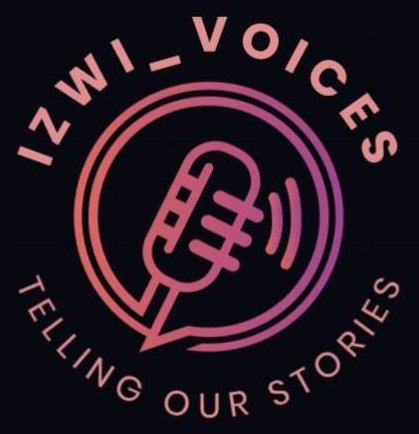By Ndatenda Njanike
About 7.6 million Zimbabweans living in both rural and urban areas face food shortage due to the El Nino-induced drought, a UNICEF report has noted.
The severe food insecurity has resulted in the percentage of child wasting going up from 4.1 percent to 4.9 percent.
“7.6 million people (50 percent of the total population) in the country are facing food insecurity (2024 rural and urban Zimbabwe Livelihoods Assessment Committee (ZimLAC).
“Further child wasting is worsening from 4.1 percent to 4.9 percent in 2023 and 2024, respectively.
UNICEF is appealing for US$26.8 million in 2024, to address urgent needs of affected populations.
The country is facing multiple hazards, including the El Niño induced drought, protracted cholera outbreak, possible polio outbreak, and an economic crisis.
There is an impending risk of a monkeypox outbreak.
“The funding will enable UNICEF to provide critical humanitarian assistance to 2 million people including 978,611 children in the most affected areas.
“So far, UNICEF Zimbabwe has received a total of US$10.5 million (39 percent of the total funding requirement) from various donors.
“These include the European Civil Protection and Humanitarian Aid Operations (ECHO), the United Nations Office for the Coordination of Humanitarian Affairs (UNOCHA) Central Emergency Response Fund (CERF), the Government of Japan, Center for Disease Control and Prevention (CDC) and UNICEF Global Humanitarian Thematic Funds.
“Funding has also been received through the Health Resilience Fund (HRF) – funded by the European Union, the Governments of Ireland, and the United Kingdom, and Gavi, the Vaccine Alliance.
“Additionally, private sector partners such as Alliance Media and JCDecaux have provided valuable in-kind support through digital billboard space for critical messaging, while Universal Postal Services (UPS) have provided essential cash-in-kind logistics support for essential commodities including intravenous fluids, infusion sets, and oral rehydration salts.” Read the report.

